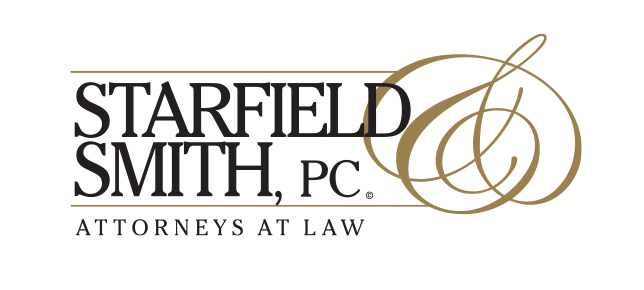Under the new SOP 50 10 8, effective June 1, 2025, the use of 7(a) loan proceeds to finance partial changes of ownership remains permissible, consistent with 13 CFR § 120.202 as amended on April 10, 2023. While this iteration of the SOP places limits and adds certain restrictions, it allows SBA lenders to finance changes of ownership without requiring a complete transfer of the business. These changes of ownership can only be structured as stock or membership unit purchases, including the purchase of treasury stock or membership units, provided at least one of the original owners remains an owner after the sale. Transactions structured as asset purchases are not eligible for partial change of ownership financing. Understanding the new rules is critical for small business administration compliance, as lenders must carefully structure ownership changes under SOP 50 10 8.
When financing a partial change of ownership, any new direct or indirect owner—including individuals and entities—who acquires an ownership interest in the business must be, together with the entity whose ownership is being acquired, co-borrowers on the loan regardless of how small the interest acquired may be. For example, even an individual, or entity, acquiring only a 1% interest in the business must be included as a co-borrower. This applies only to new owners who did not have ownership in the business until the partial change of ownership.
In a change from the prior SOP, a selling owner who remains in the business but whose ownership falls below 20% after the sale must provide a full guaranty of the loan, regardless of how small the remaining interest is. While full in nature, the guaranty of the selling owner need only extend for the later of: (1) at least two years after final loan disbursement; or (2) until the loan has been current for 12 consecutive months. Importantly, these guarantors are not required to pledge their assets in the event of collateral shortfall. For all other owners, guaranty requirements are determined based on the post-sale ownership percentages. For ESOP transactions, if the seller of the employer small business remains as a partial owner after the sale, the seller is required by law to provide a full, unlimited guaranty of the 7(a) loan, regardless of the seller’s post-sale ownership percentage. This is a statutory requirement and cannot be waived.
Certain deal structures that were previously utilized to facilitate ownership restructuring without requiring a complete transfer of the business are no longer eligible for SBA financing. Specifically, multi-step transactions—in which existing and new owners form a new entity to acquire 100% of the Operating Company—are now prohibited. Additionally, SBA does not allow 7(a) financing for partial ownership transfers involving an EPC (Eligible Passive Company); however, such financing is permissible for the Operating Company within an EPC/OC structure.
The new SOP makes clear that in partial changes of ownership, unlike in the case of complete changes of ownership, the seller may continue to be associated with the business in a variety of roles after the transaction, including as an owner, officer, director, stockholder, or employee, or general employee. Note that the exception is no longer limited to ‘key employees,’ as in the prior SOP. Under the current SOP, the seller may remain in the business as an ‘employee.’ The provision that limits sellers to serving only as consultants for up to 12 months after a sale does not apply to partial changes of ownership.
The new requirements align with the SBA’s goals of supporting small businesses, maintaining their viability, and ensuring that transfers of business ownership can be financed effectively. These updates also highlight the importance of maintaining current SBA lender licenses, since only approved lenders can navigate partial ownership transactions. For more information regarding financing partial changes of ownership, or SBA guaranteed lending in general, contact the attorneys at Starfield & Smith at info@starfieldsmith.com or 215.542.7070.




Comments are closed.